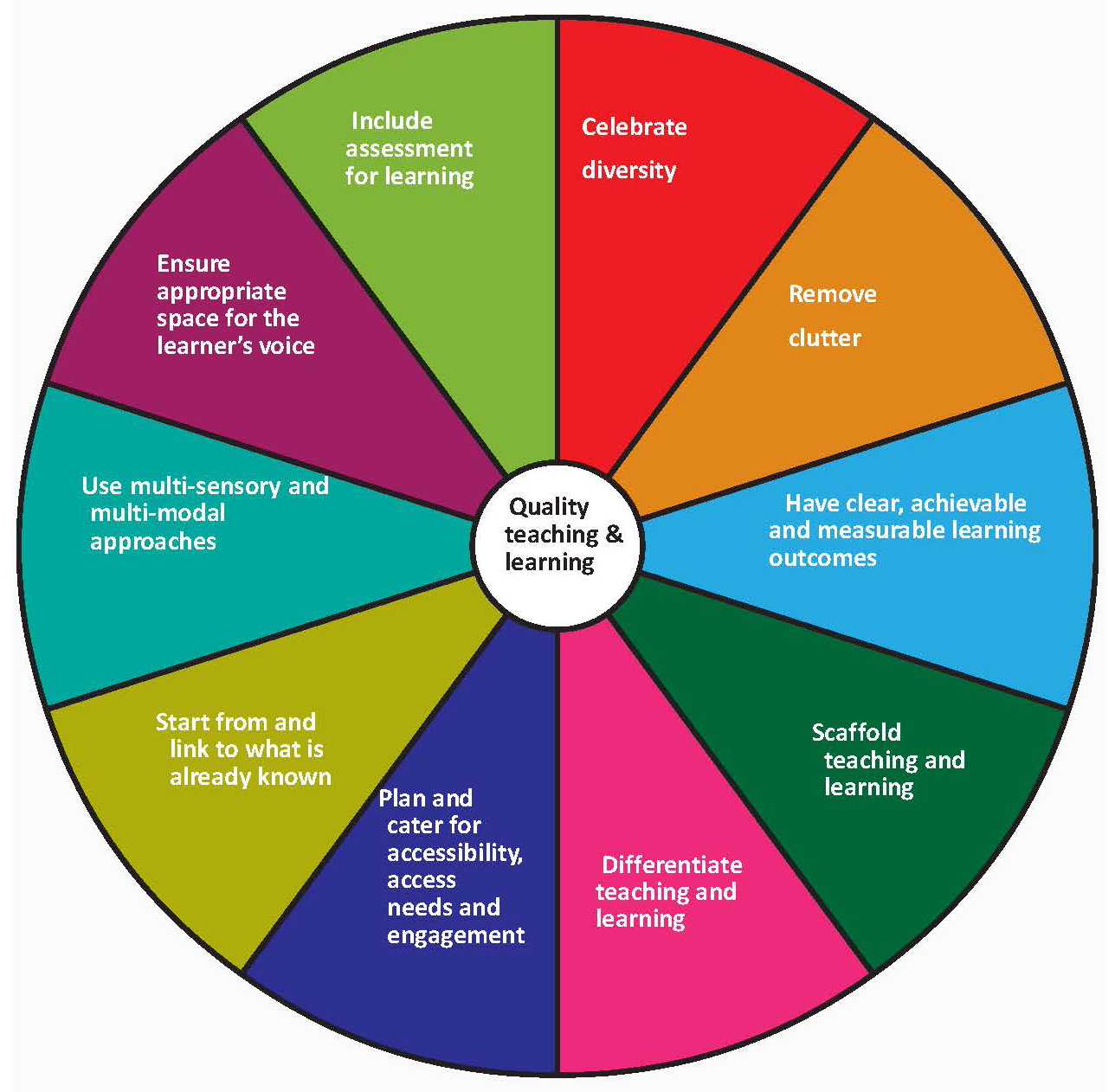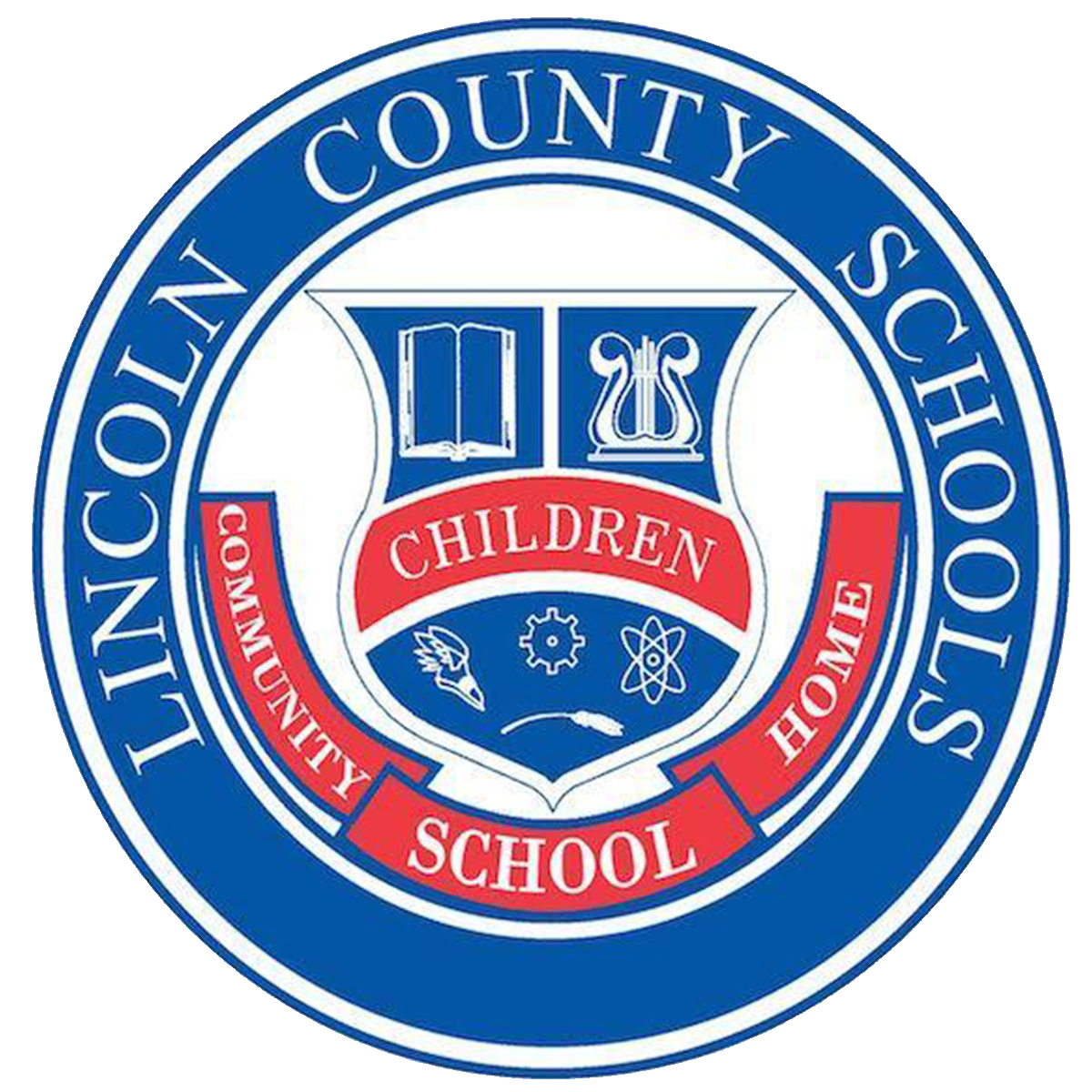Unlocking Educational Technology For Special Education Students: Strategies And Resources For Inclusive Learning
Source: www.cambridge.org
Unlocking Educational Technology For Special Education Students: Strategies And Resources For Inclusive Learning is a comprehensive guide that provides educators with the knowledge and tools they need to effectively use educational technology to support students with special needs. This guide covers a wide range of topics, including:
Editor's Notes: "Unlocking Educational Technology For Special Education Students: Strategies And Resources For Inclusive Learning" have published today date". As technology continues to play an increasingly important role in education, it is essential that educators are equipped with the skills and knowledge they need to use technology effectively to support all students, including those with special needs. This guide is a valuable resource for educators who are looking to learn more about how to use educational technology to create inclusive learning environments.
We did some analysis, digging information, made Unlocking Educational Technology For Special Education Students: Strategies And Resources For Inclusive Learning we put together this Unlocking Educational Technology For Special Education Students: Strategies And Resources For Inclusive Learning guide to help target audience make the right decision.
Key differences or Key takeways, provide in informative table format
Transition to main article topics
FAQ
Educational technology presents both opportunities and challenges for special education students. This FAQ section addresses frequently asked questions and offers strategies to overcome potential barriers.
Question 1: How can technology enhance learning outcomes for students with disabilities?
Answer: Technology provides assistive tools, interactive content, and personalized learning paths that can cater to the diverse needs of special education students. Adaptive software, screen readers, and speech-to-text tools help students with reading and writing difficulties, while simulations and virtual environments offer immersive and engaging learning experiences.
Question 2: What are the potential challenges in implementing technology in special education classrooms?
Answer: Ensuring accessibility for all students, providing adequate training for educators and learners, and addressing issues of equity and digital divide are common challenges. Collaboration between educators, technology specialists, and families is crucial to overcome these barriers.
Question 3: How can educators identify and select appropriate technologies for special education students?
Answer: A thorough evaluation of student needs, learning goals, and available resources is essential. Consulting with educational technologists, special education specialists, and parents can help educators make informed decisions about the most suitable technology.
Question 4: What are some best practices for using technology in special education?
Answer: Prioritize accessibility, provide ongoing training, offer differentiated instruction, and encourage collaboration between students and educators. Technology should be seamlessly integrated into the curriculum and used to supplement and enhance traditional teaching methods.
Question 5: How can technology foster inclusion and community building in special education?
Answer: Technology can break down social barriers and provide opportunities for students with disabilities to connect with peers. Collaborative learning platforms, online forums, and social media can facilitate interactions and promote a sense of belonging.
Question 6: Where can educators find resources and support for implementing technology in special education?
Answer: Professional development workshops, online communities, and educational technology centers offer valuable resources and support. Educators can also connect with other educators through social media and online discussion groups to share ideas and best practices.
By addressing these common concerns, leveraging the benefits of technology, and promoting inclusive practices, educators can harness the power of educational technology to transform the learning experiences of special education students.
Tips
Unlocking educational technology for special education students requires a multifaceted approach that leverages assistive technologies, provides differentiated instruction, fosters collaboration, promotes accessibility, and ensures equity. Drawing from the insights provided in Unlocking Educational Technology For Special Education Students: Strategies And Resources For Inclusive Learning, here are some tips to guide educators in creating inclusive learning environments:
Tip 1: Assistive Technology Integration
Incorporate assistive technologies such as speech-to-text software, screen readers, and augmentative and alternative communication devices into the learning environment. These tools empower students with disabilities to access and participate in instruction on an equal footing with their peers.
Tip 2: Differentiated Instruction
Cater to the diverse learning needs of special education students by providing differentiated instruction that addresses their unique strengths and challenges. This may involve adapting lesson plans, offering flexible learning options, and providing tailored support.
Tip 3: Collaborative Learning
Foster a collaborative learning environment where students with and without disabilities work together to achieve shared goals. Cooperative learning strategies, peer tutoring, and group projects promote social interaction, enhance problem-solving skills, and encourage a sense of belonging.
Tip 4: Accessible Materials
Ensure that all learning materials are accessible to students with disabilities. This includes providing materials in alternative formats such as audio recordings, closed captions, and digital text with adjustable font sizes and colors.
Tip 5: Equitable Assessment
Use equitable assessment methods that accurately measure student progress while accommodating individual needs. This may involve allowing extended time for tests, providing assistive technologies, and offering alternative assessment formats.
Ultimately, creating inclusive learning environments for special education students is an ongoing process that requires a commitment to equity, collaboration, and continuous improvement. By implementing these tips, educators can ensure that all students have the opportunity to succeed and reach their full potential.
Unlocking Educational Technology For Special Education Students: Strategies And Resources For Inclusive Learning
Educational technology plays a pivotal role in enhancing the learning experience of special education students by promoting inclusivity and personalization. To effectively implement educational technology, it is essential to consider key aspects such as accessibility, pedagogical strategies, assistive technology, teacher training, resource allocation, and collaborative partnerships.
- Accessibility: Ensuring technology is adaptable to diverse learning needs.
- Pedagogical Strategies: Employing differentiated instructional approaches tailored to individual learning styles.
- Assistive Technology: Utilizing specialized devices and software to support specific learning challenges.
- Teacher Training: Providing educators with the skills to leverage technology effectively.
- Resource Allocation: Securing adequate funding for necessary technology and support.
- Collaborative Partnerships: Fostering partnerships between educators, parents, and support professionals to optimize technology use.
These aspects are interconnected and mutually reinforcing. Teachers can create more accessible and engaging learning environments by incorporating pedagogical strategies that leverage assistive technology. Resource allocation enables schools to acquire the necessary infrastructure and devices, while teacher training empowers educators to maximize the potential of technology. Collaborative partnerships foster knowledge-sharing and support, ensuring that all students have equitable access to the benefits of educational technology.

Special Education Printable Worksheets For Special Needs Stu - Source odsecajterfpstudyquizz.z13.web.core.windows.net

Special educational needs and inclusive teaching and learning framework - Source www.cambridge.org
Unlocking Educational Technology For Special Education Students: Strategies And Resources For Inclusive Learning
Educational technology has emerged as a powerful tool for enhancing the learning experience for all students, including those with special needs. By leveraging assistive technologies, adaptive learning software, and accessible educational resources, educators can create inclusive learning environments that empower special education students to reach their full potential. This article explores the strategies and resources available for unlocking the potential of educational technology in special education, with a focus on promoting inclusive learning practices.

Special Education | Lincoln County Schools - Source www.lcdoe.org
Assistive technologies, such as screen readers, speech-to-text software, and augmentative and alternative communication (AAC) devices, enable students with disabilities to access and engage with digital content on an equal footing with their peers. Adaptive learning software tailors the learning experience to the individual needs of each student, providing personalized support and scaffolding. Accessible educational resources, including textbooks in alternative formats, captioned videos, and interactive simulations, ensure that all students have access to the same high-quality learning materials.
The practical significance of understanding the connection between educational technology and special education lies in its ability to transform the learning experience for students with disabilities. By providing access to a wider range of learning tools and resources, educational technology empowers special education students to participate fully in the learning process, engage with their peers, and achieve their academic goals. Furthermore, the use of educational technology can help to reduce the achievement gap between students with and without disabilities, creating a more equitable and inclusive learning environment.
Strategies for Unlocking Educational Technology in Special Education:
| Strategy | Benefits |
|---|---|
| Assistive Technologies | Enable students with disabilities to access and engage with digital content on an equal footing with their peers. |
| Adaptive Learning Software | Tailors the learning experience to the individual needs of each student, providing personalized support and scaffolding. |
| Accessible Educational Resources | Ensure that all students have access to the same high-quality learning materials. |
Savory And Perfect: Exploring The Delights Of Oeufs Etats Unis, City Of São José Dos Campos: Your Ultimate Guide To Culture, Services, And More, Guarany De Bagé: A Time-Honored Tradition Of Brazilian Beer Excellence, Janelle Monáe: Trailblazing Musician, Actress, And Style Icon, Uberlândia: Explore The Heartbeat Of Triângulo Mineiro, Açude Velho: Explore The Historical Reservoir And Surrounding Enchanting Nature, Manchester United Vs. Crystal Palace: Match Preview, Team News, And Predicted Lineup, PSD Template For Creating A Modern Portfolio Website, Volta Redonda Vs Maricá: Clash Of The Titans In The Campeonato Carioca, São Bernardo Vs Novorizontino: Match Preview And Analysis,